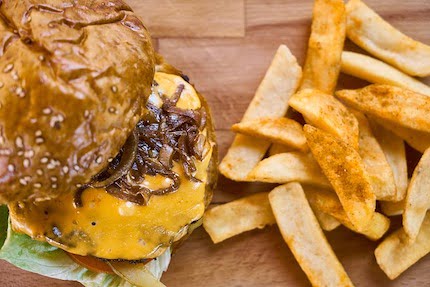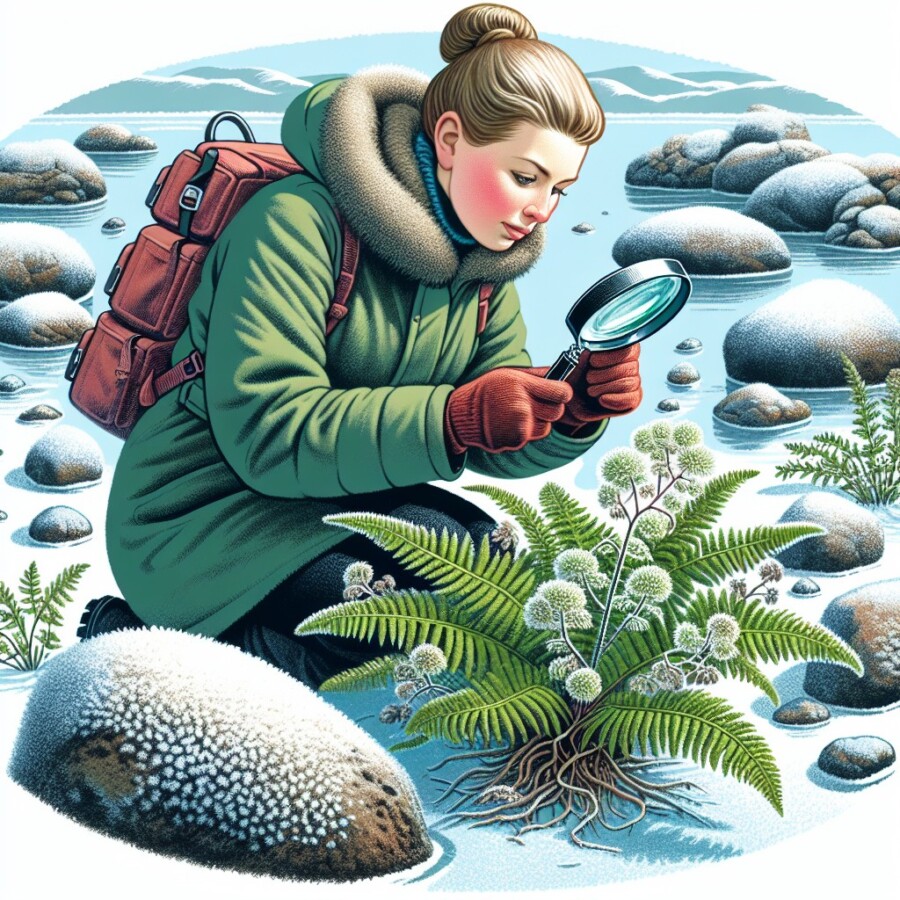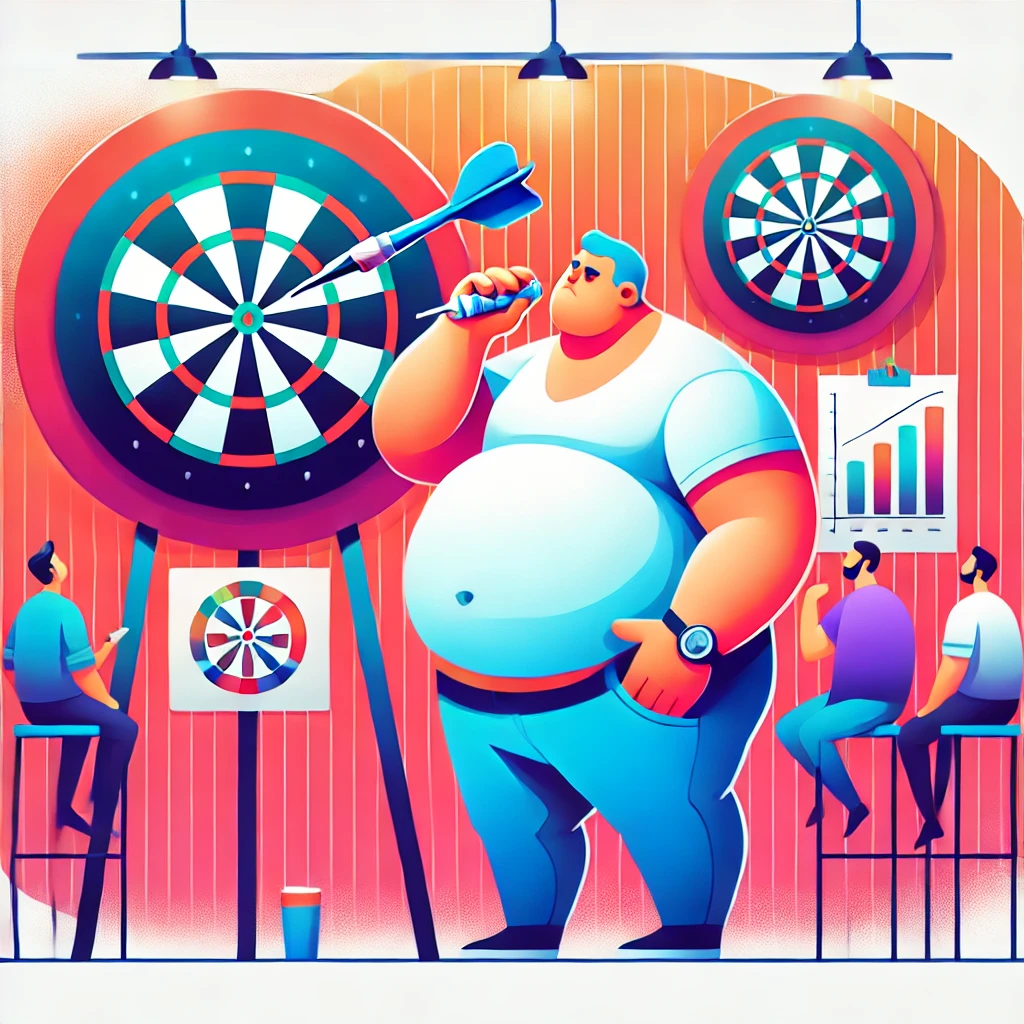A big storm hit the middle of the United States, bringing tornadoes, a lot of rain, and very big hailstones, as big as golf balls, to places like Texas. More than 8 million people were told there might be tornadoes. This storm caused a lot of flooding and broke many homes and roads. The big hailstones also broke cars and buildings.
This storm went through several states, including Texas, Oklahoma, Kansas, and Missouri. Tornadoes touched down in some places, breaking more things and making it dangerous for people living there. Because it rained so much, many places got flooded, covering roads and getting into houses. People who help in emergencies are trying to save those who are stuck and help everyone who was hurt by the storm.
The hailstones were really big, as big as golf balls, and they broke a lot of things like cars, windows, and roofs. People are being told to stay safe and find a safe place when the weather gets very bad. The storm is going to keep moving across the middle of the country, bringing more bad weather and possibly causing more damage.
Original news source: Large hail seen in Texas after storms hit central US (BBC)
🎧 Listen:
Slow
Normal
Fast
📖 Vocabulary:
| 1 | tornadoes | Swirling, spinning storms that can tear things apart |
| 2 | hailstones | Balls of ice that fall from the sky like rain, but harder |
| 3 | flooding | When water covers land that is usually dry |
| 4 | emergencies | Urgent situations that need quick action to fix |
| 5 | damaged | When something is broken or hurt |
| 6 | roofs | The top covering of a house |
| 7 | stuck | Unable to move or get out of a place |
| 8 | severe | Very bad or extreme |
| 9 | warned | Told about something bad that might happen so you can be ready |
| 10 | moving | Going from one place to another |
| 11 | golf balls | Small, hard balls used in a game where you hit them with clubs |
| 12 | weather | The condition of the air and atmosphere at a certain time and place |
Group or Classroom Activities
Warm-up Activities:
– News Summary
Instructions: Divide the class into pairs or small groups. Give each group a few minutes to read and discuss the article. Then, ask each group to summarize the main points of the article in a few sentences. Afterward, have each group share their summaries with the rest of the class.
– Opinion Poll
Instructions: Write the following question on the board: “What do you think is the most dangerous aspect of the storm described in the article: tornadoes, flooding, or hailstones?” Have the students discuss their opinions in pairs or small groups, and then conduct a class-wide poll by asking each student to vote for the most dangerous aspect. Finally, have a class discussion to compare and discuss the results.
– Vocabulary Pictionary
Instructions: Create a list of vocabulary words from the article, such as “tornadoes,” “flooding,” “hailstones,” “emergency,” etc. Divide the class into pairs or small groups. Give each group a vocabulary word and a few minutes to draw a picture representing the word. Have the groups take turns presenting their drawings to the class, while the rest of the students guess the corresponding vocabulary word.
– Keyword Hangman
Instructions: Choose a few important keywords from the article, such as “storm,” “tornadoes,” “flooding,” etc. Write dashes on the board to represent each letter of the keyword. Have the students take turns guessing letters to complete the word, similar to the game of Hangman. Provide hints or definitions if necessary.
– Pros and Cons
Instructions: Divide the class into pairs or small groups. Give each group a few minutes to discuss the pros and cons of severe weather events like the storm described in the article. Afterward, have each group present their ideas to the rest of the class, focusing on both the positive and negative aspects of such events. Encourage the students to consider the impact on people, infrastructure, and the environment.
🤔 Comprehension Questions:
1. What kind of storm hit the middle of the United States?
2. How big were the hailstones in the storm?
3. What did the storm do to homes and roads?
4. Which states did the storm go through?
5. What happened in some places when tornadoes touched down?
6. How did the storm cause flooding?
7. What are people being told to do when the weather gets very bad?
Go to answers ⇩
🎧✍️ Listen and Fill in the Gaps:
A big (1)______ hit the middle of the United States, bringing tornadoes, a lot of rain, and very big (2)______, as big as golf balls, to places like Texas. More than 8 million people were told there might be tornadoes. This storm caused a lot of flooding and broke (3)______ homes and (4)______. The big hailstones also broke cars and buildings.
This storm went through (5)______ states, including Texas, (6)______, Kansas, and Missouri. Tornadoes touched down in some places, breaking more things and making it dangerous for people living there. Because it rained so much, many places got flooded, covering roads and (7)______ into (8)______. People who help in (9)______ are trying to save those who are stuck and help everyone who was hurt by the storm.
The hailstones were really big, as big as golf balls, and they broke a lot of (10)______ like (11)______, windows, and roofs. People are being told to stay safe and find a safe place when the weather gets very bad. The storm is going to keep (12)______ across the middle of the country, bringing more bad weather and possibly causing more damage.
Go to answers ⇩
💬 Discussion Questions:
Students can ask a partner these questions, or discuss them as a group.
1. What is a tornado? Why do you think tornadoes are dangerous?
2. Have you ever experienced a big storm? How did it make you feel?
3. How would you feel if your home was damaged by a storm? Why?
4. Do you like rainy weather? Why or why not?
5. What are some ways people can stay safe during a storm?
6. Have you ever seen hailstones? What do you think they look like?
7. How would you feel if a hailstone broke your car or window? Why?
8. Do you think it’s important to have emergency plans in case of a storm? Why or why not?
9. What are some things you can do to help others during a storm or emergency?
10. How do you think people who help in emergencies feel when they are saving others?
11. Do you think storms like this are becoming more common? Why or why not?
12. What do you think the government can do to help people affected by a storm like this?
Individual Activities
📖💭 Vocabulary Meanings:
Match each word to its meaning.
Words:
1. tornadoes
2. hailstones
3. flooding
4. emergencies
5. damaged
6. roofs
7. stuck
8. severe
9. warned
10. moving
11. golf balls
12. weather
Meanings:
(A) Urgent situations that need quick action to fix
(B) When water covers land that is usually dry
(C) Very bad or extreme
(D) Balls of ice that fall from the sky like rain, but harder
(E) Small, hard balls used in a game where you hit them with clubs
(F) Going from one place to another
(G) Unable to move or get out of a place
(H) When something is broken or hurt
(I) The top covering of a house
(J) The condition of the air and atmosphere at a certain time and place
(K) Swirling, spinning storms that can tear things apart
(L) Told about something bad that might happen so you can be ready
Go to answers ⇩
🔡 Multiple Choice Questions:
1. What kind of weather did the storm bring to the middle of the United States?
(a) Snow, rain, and thunderstorms
(b) Sunny weather, rainbows, and gentle breezes
(c) Tornadoes, rain, and hailstones
(d) Fog, lightning, and earthquakes
2. How many people were warned about the possibility of tornadoes?
(a) Less than 1 million
(b) More than 8 million
(c) Exactly 5 million
(d) Exactly 10 million
3. Which states did the storm pass through?
(a) California, New York, Florida, and Alaska
(b) Washington, Oregon, Idaho, and Montana
(c) Georgia, Alabama, Mississippi, and Louisiana
(d) Texas, Oklahoma, Kansas, and Missouri
4. What did the tornadoes do in some places?
(a) Created beautiful rainbows in the sky
(b) Made everyone happy and excited
(c) Broke things and made it dangerous for people
(d) Caused people to stay indoors and watch movies
5. What happened because of the heavy rain?
(a) The sun came out and dried everything up
(b) Many places got flooded
(c) People had fun playing in the puddles
(d) The storm disappeared and the weather became clear
6. What did the hailstones break?
(a) Cars, windows, and roofs
(b) Trees, flowers, and grass
(c) Books, toys, and clothes
(d) Computers, phones, and televisions
7. What are people being told to do when the weather gets very bad?
(a) Go outside and enjoy the storm
(b) Ignore the storm and continue with their daily activities
(c) Drive around and explore the damage caused by the storm
(d) Stay safe and find a safe place
8. What is the storm expected to do next?
(a) Keep moving across the middle of the country and bring more bad weather
(b) Disappear and bring clear skies and sunshine
(c) Move to the coast and cause a tsunami
(d) Turn into a hurricane and hit the East Coast
Go to answers ⇩
🕵️ True or False Questions:
1. People are being advised to stay safe and find shelter during severe weather, as the storm continues to move across the country.
2. Emergency responders are idly standing by while those trapped are left to fend for themselves after the storm.
3. The light rain led to localized flooding, covering sidewalks and entering buildings.
4. Over 8 million people were warned about the possibility of tornadoes.
5. The storm caused flooding and damaged many homes and roads.
6. The small hailstones, as small as peas, lightly tapped on cars, windows, and roofs.
7. A small storm hit the middle of the United States, bringing thunderstorms, light rain, and small hailstones.
8. Tornadoes touched down in several states, causing more destruction and putting people in danger.
Go to answers ⇩
📝 Write a Summary:
Write a summary of this news article in two sentences.
Check your writing now with the best free AI for English writing!
Writing Questions:
Answer the following questions. Write as much as you can for each answer.
Check your answers with our free English writing assistant!
1. What happened during the big storm in the United States?
2. How did the storm affect the people living in the states it passed through?
3. What were some of the things that got broken by the big hailstones?
4. What are people being told to do when the weather gets very bad?
5. What might happen as the storm continues to move across the country?
✅ Answers
🤔✅ Comprehension Question Answers:
1. What kind of storm hit the middle of the United States?
A big storm hit the middle of the United States.
2. How big were the hailstones in the storm?
The hailstones were as big as golf balls.
3. What did the storm do to homes and roads?
The storm broke many homes and roads.
4. Which states did the storm go through?
The storm went through Texas, Oklahoma, Kansas, and Missouri.
5. What happened in some places when tornadoes touched down?
Tornadoes touched down and broke more things, making it dangerous for people.
6. How did the storm cause flooding?
The storm rained a lot, which caused flooding by covering roads and getting into houses.
7. What are people being told to do when the weather gets very bad?
People are being told to stay safe and find a safe place when the weather gets very bad.
Go back to questions ⇧
🎧✍️✅ Listen and Fill in the Gaps Answers:
(1) storm
(2) hailstones
(3) many
(4) roads
(5) several
(6) Oklahoma
(7) getting
(8) houses
(9) emergencies
(10) things
(11) cars
(12) moving
Go back to questions ⇧
📖💭✅ Vocabulary Meanings Answers:
1. tornadoes
Answer: (K) Swirling, spinning storms that can tear things apart
2. hailstones
Answer: (D) Balls of ice that fall from the sky like rain, but harder
3. flooding
Answer: (B) When water covers land that is usually dry
4. emergencies
Answer: (A) Urgent situations that need quick action to fix
5. damaged
Answer: (H) When something is broken or hurt
6. roofs
Answer: (I) The top covering of a house
7. stuck
Answer: (G) Unable to move or get out of a place
8. severe
Answer: (C) Very bad or extreme
9. warned
Answer: (L) Told about something bad that might happen so you can be ready
10. moving
Answer: (F) Going from one place to another
11. golf balls
Answer: (E) Small, hard balls used in a game where you hit them with clubs
12. weather
Answer: (J) The condition of the air and atmosphere at a certain time and place
Go back to questions ⇧
🔡✅ Multiple Choice Answers:
1. What kind of weather did the storm bring to the middle of the United States?
Answer: (c) Tornadoes, rain, and hailstones
2. How many people were warned about the possibility of tornadoes?
Answer: (b) More than 8 million
3. Which states did the storm pass through?
Answer: (d) Texas, Oklahoma, Kansas, and Missouri
4. What did the tornadoes do in some places?
Answer: (c) Broke things and made it dangerous for people
5. What happened because of the heavy rain?
Answer: (b) Many places got flooded
6. What did the hailstones break?
Answer: (a) Cars, windows, and roofs
7. What are people being told to do when the weather gets very bad?
Answer: (d) Stay safe and find a safe place
8. What is the storm expected to do next?
Answer: (a) Keep moving across the middle of the country and bring more bad weather
Go back to questions ⇧
🕵️✅ True or False Answers:
1. People are being advised to stay safe and find shelter during severe weather, as the storm continues to move across the country. (Answer: True)
2. Emergency responders are idly standing by while those trapped are left to fend for themselves after the storm. (Answer: False)
3. The light rain led to localized flooding, covering sidewalks and entering buildings. (Answer: False)
4. Over 8 million people were warned about the possibility of tornadoes. (Answer: True)
5. The storm caused flooding and damaged many homes and roads. (Answer: True)
6. The small hailstones, as small as peas, lightly tapped on cars, windows, and roofs. (Answer: False)
7. A small storm hit the middle of the United States, bringing thunderstorms, light rain, and small hailstones. (Answer: False)
8. Tornadoes touched down in several states, causing more destruction and putting people in danger. (Answer: True)
Go back to questions ⇧













